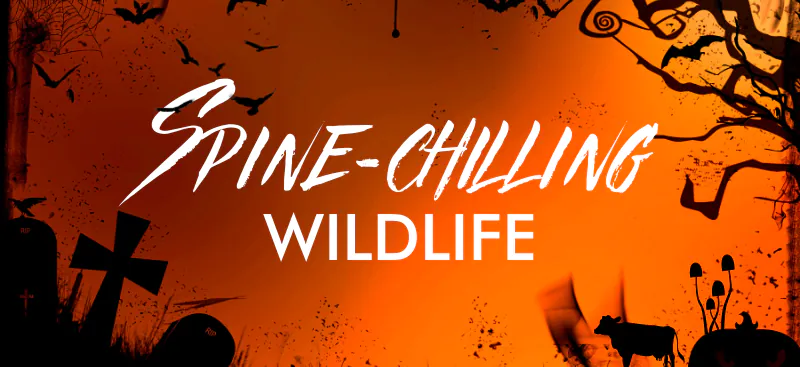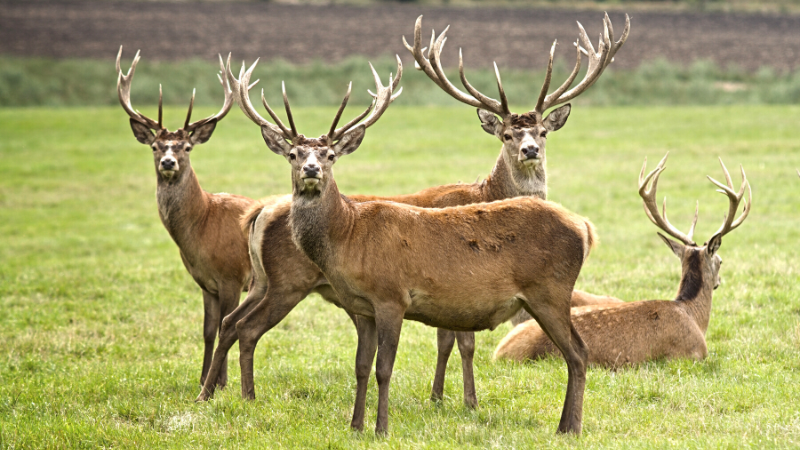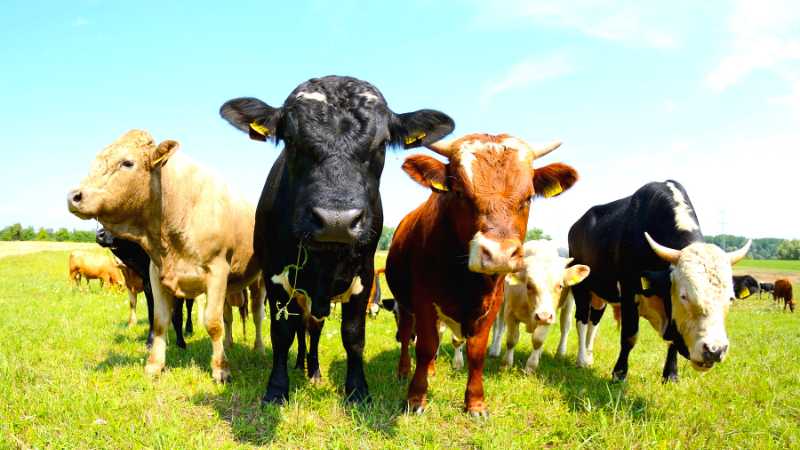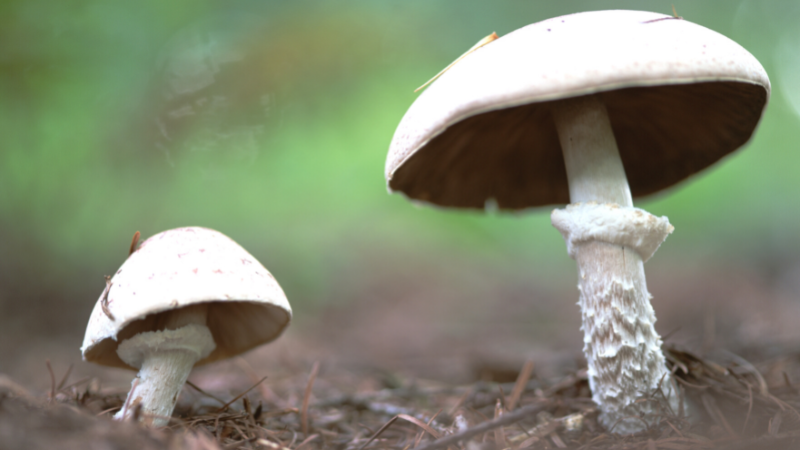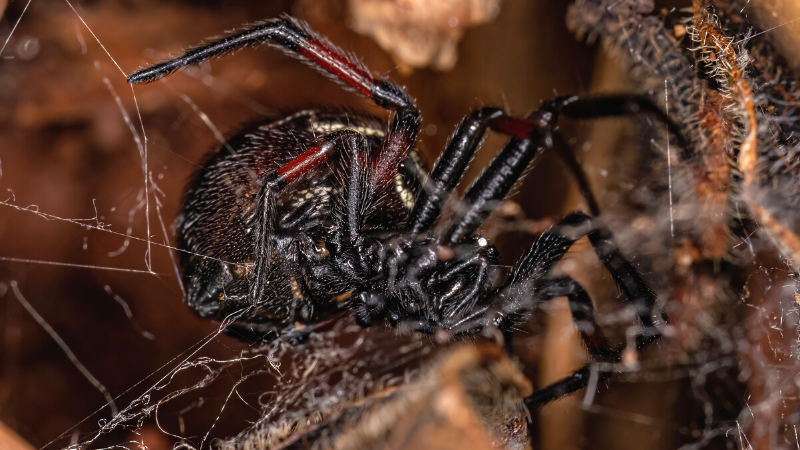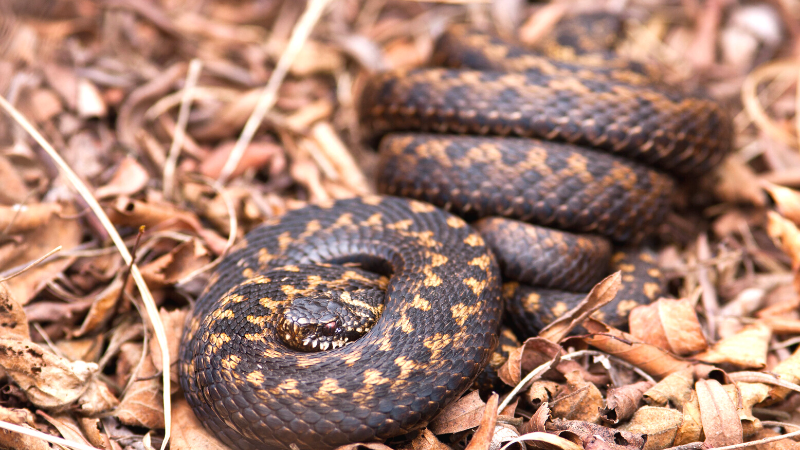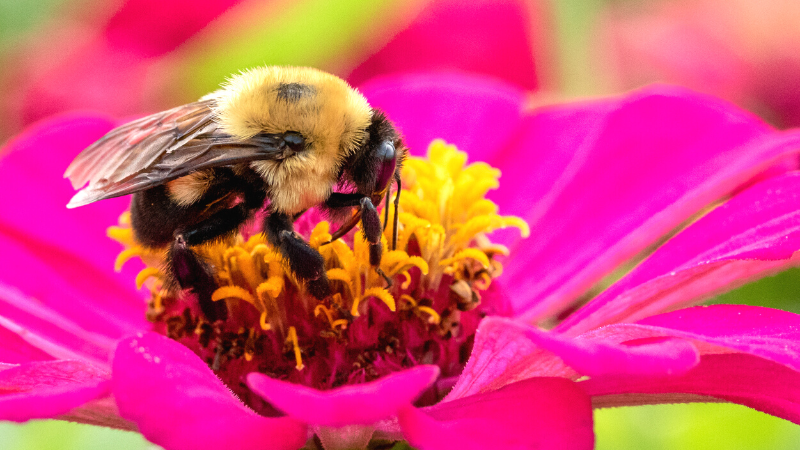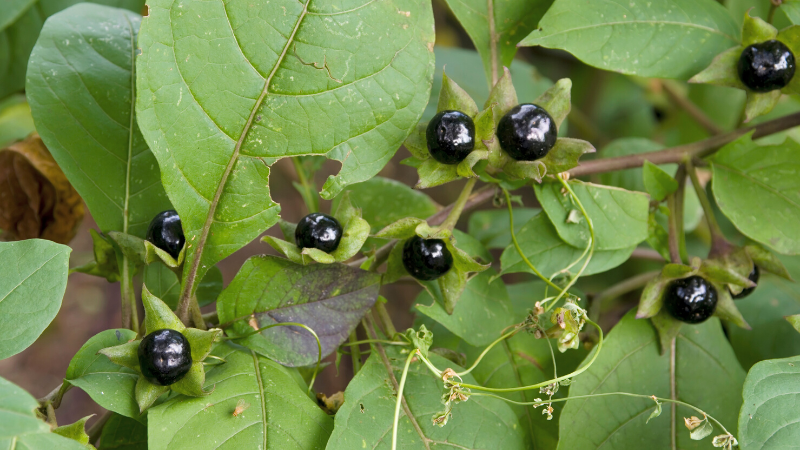Discover Spine-chilling Wildlife This Halloween
Ever wondered what really goes bump in the night? The UK may be home to some adorably cute wildlife, but you may also encounter nature's most terrifying creations. To celebrate Halloween, we are taking a spooky turn to discover our most spine-chilling wildlife. Read if you dare.
Deer and cows
It may seem strange that we are kick-starting our terrifying wildlife with what may seem like a friendly farm animal and Bambi, but did you know cows and deer are responsible for the most human fatalities out of all wildlife in the UK? It is estimated that around 20 people are killed each year in deer-related car accidents. That number doesn't even include the 700 human casualties.
When cows feel threatened, they often huddle together and proceed to stomp or trample their attacker. On average, cows are responsible for four to five human deaths each year in the UK, and the death toll reached 11 between 2020-2021. Cows may not seem intimidating, but when you compare them to sharks who kill ten people worldwide each year, you could argue that you'll have a better chance of being in a pool with a great white than in a field with a stampede of cows.
Destroying angel (Amanita virosa)
This little fungi may seem delicate but do not be fooled by its angel face. The destroying angel certainly lives up to its name as it contains deadly amatoxin poisons. So fatal that a number of people died by consuming a soup that contained just a small amount of the fungi. The destroying angel takes effect between 8-24 hours after consumption, where you will then experience vomiting, diarrhoea, and severe stomach pains. There may be a deceiving period of improvement before the second effects of liver and kidney poisoning occurs, resulting in death.
False widow spider
For those who suffer from Arachnophobia, avert your eyes, as the most poisonous UK spider is coming up next. The false widow spider will certainly make your skin crawl as they are one of the 12 British spiders that will actually bite you. The rest of the 638 species of UK spiders are harmless and will not nip. On the other hand, this false widow is probably the UK's most venomous spider, capable of inflicting a painful bite. Symptoms can vary from as minor as a wasp sting to throbbing pain, swelling in the affected part and a fever that can last a couple of days. Luckily, this spider is not usually aggressive to humans when left alone, and being bitten is rare.
Adders
Out of the three species of snake in the UK, only one is poisonous. European adders, a.k.a common vipers, can be found throughout the UK (excluding Ireland). Although very poisonous, an Adder's bite is rarely fatal to humans, though it doesn't mean it comes without some nasty side effects. You can expect the following:
- pain, swelling, redness and bruising at the location of the bite
- nausea, vomiting and diarrhoea
- itchy lumps on the skin
- swelling of the lips, tongue, gums and throat
- breathing difficulties, dizziness or fainting
- mental confusion
- irregular heartbeat
Bees and wasps
Bees and wasps may seem too tiny to be dangerous, but did you know that in the UK, bees and wasps kill up to nine people yearly? This is because a bee or wasp sting carries venom, which contains proteins that affect skin cells and the immune system, causing pain and swelling around the sting area in most people. For the few people who are more allergic to the venom, a wasp or bee's sting can bring on an anaphylactic shock which, in worst cases, will result in death. However, this doesn't make bees our enemies, as they work hard to save more people and the planet through pollination. This is why we should be making more effort to save them.
Deadly nightshade (Atropa belladonna)
There's a reason our elders warned us about eating berries we find in the wild; they were worried you'd come across Atropa belladonna a.k.a deadly nightshade. This black berry may look deliciously juicy and harmless, but the entire plant, including leaves and root, contains atropine and scopolamine. The berry’s poison will take effect in just a few hours of consumption, where you may experience blurred vision, slurred speech, hallucinations, and paralysis in the involuntary muscles of the body, including the heart. Ingesting just two to four nightshade berries can kill a child. Ten to 20 berries can kill an adult.

